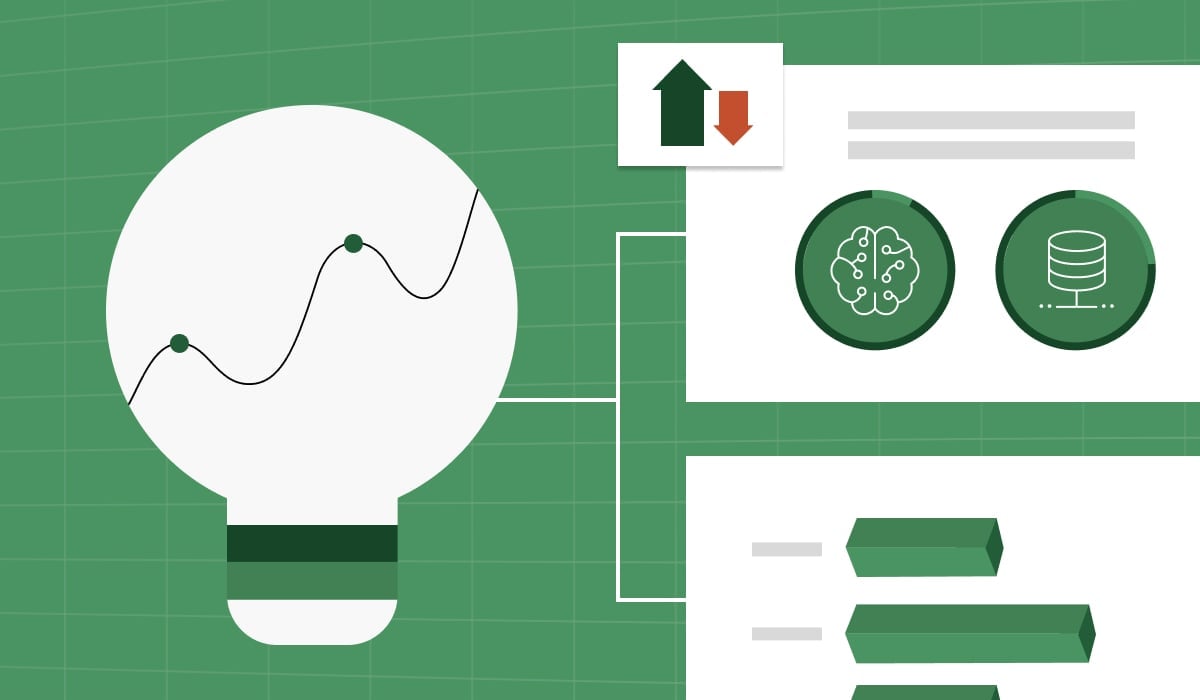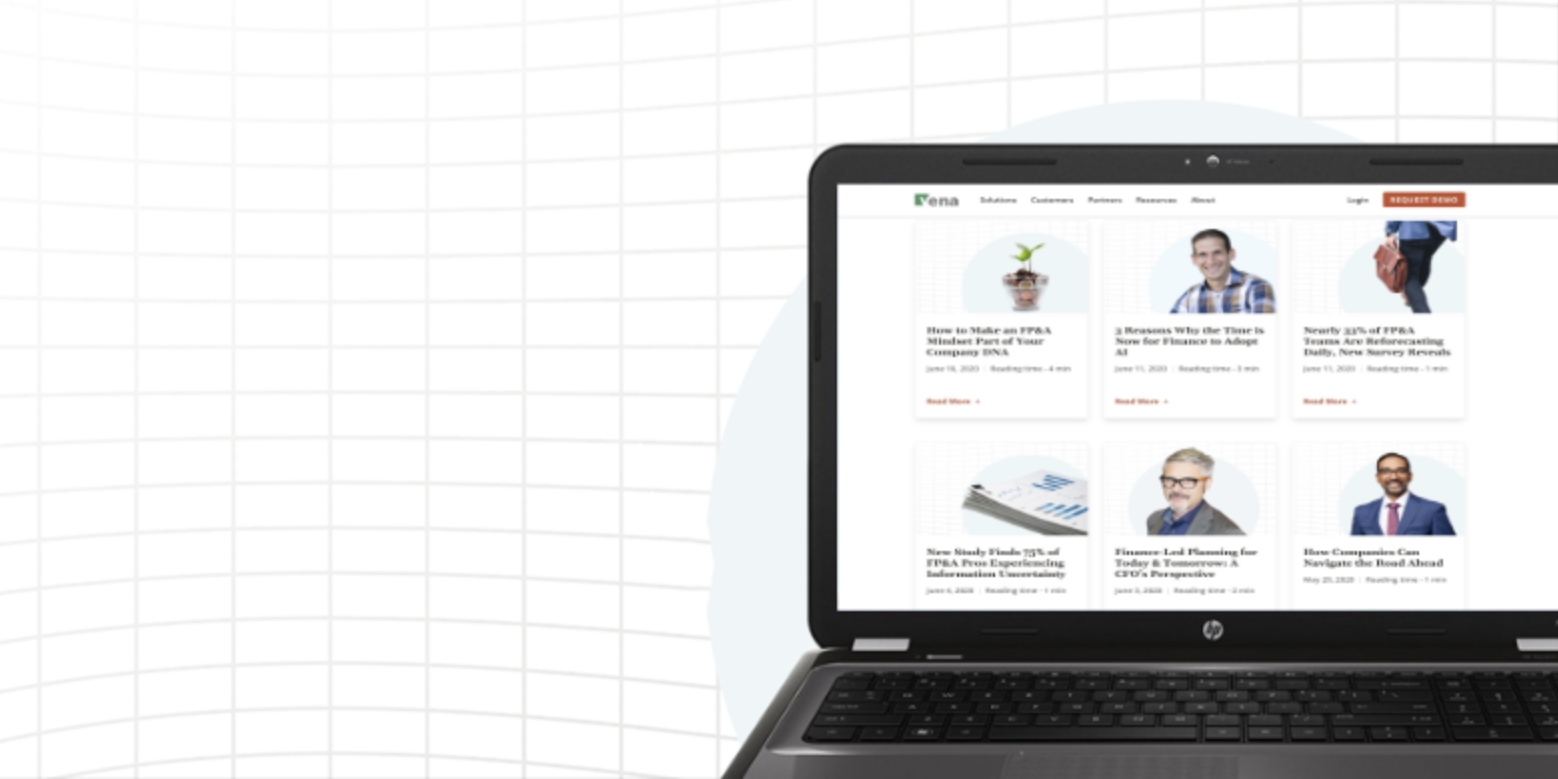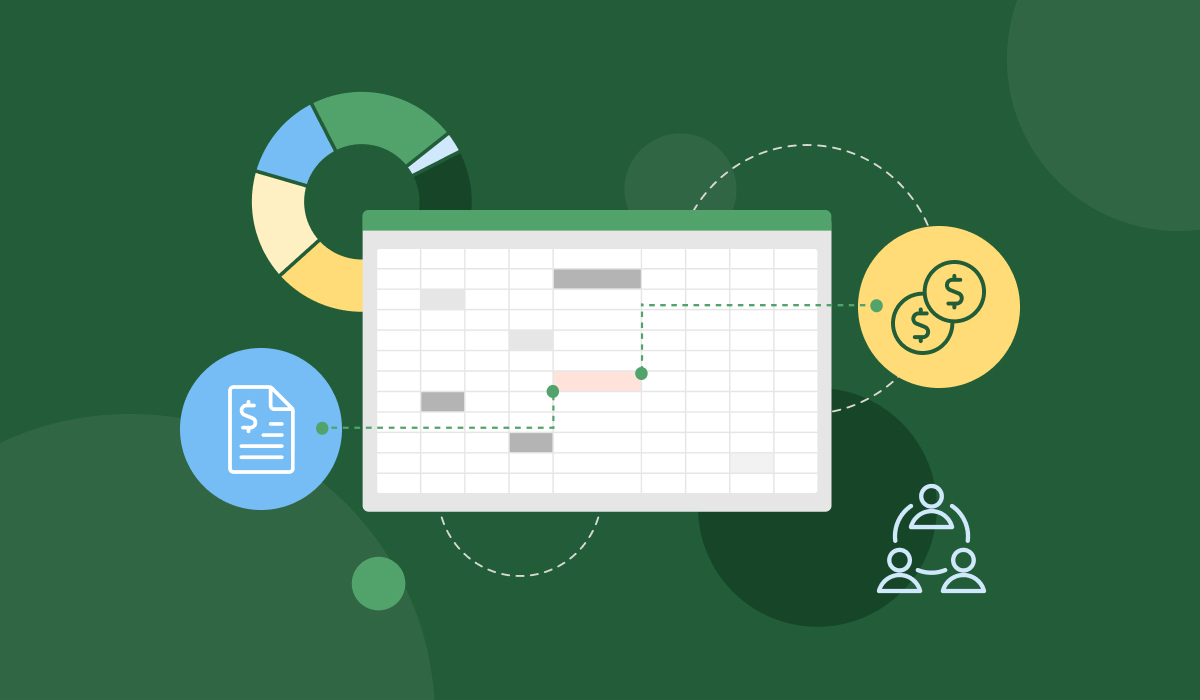Workforce planning means something different to everyone. It doesn't matter if you're a CEO, founder or HR professional; you're sure to have your own take.
Let's start with a basic definition of workplace planning:
Workforce planning is the process of analysing your workforce and forecasting and planning for your business's current and future needs. It helps your organisation stay on track with its goals by ensuring you have the right people in place to accomplish those objectives--and that the people you do employ are equipped with the skills your business needs.
That sounds complex and the fact of the matter is that it can be. But in many ways, it all boils down to answering these questions:
- Is your workforce positioned to meet both current and future business goals?
- What skills do your employees need to meet these goals?
- Do you lack talent in any key areas?
- What's the best way to acquire new talent? Should you hire full time? Fill in with contractors as necessary?
- What's the ongoing cost of maintaining the workforce you need to succeed?
- Do you have a system for tracking key data and metrics? (No, pen and paper don't count!)
You may have a basic understanding of how to answer these questions, but it's imperative to dig deeper. That's where workforce planning reports come into play.
While there's no shortage of workforce planning and human resources reports you can run, these five are among the most important (and common).

1. Headcount Report
Turnover and retention are two words you can never escape as a CEO, business owner or HR professional. They're always on your mind.
A headcount report is a type of human resources report that provides clarity in regards to how many employees you have, how often they come and go, which departments are struggling with turnover and which ones have a strong retention plan in place.
On average, it costs employers $4,129 to hire a new employee. And that doesn't even take into consideration training expenses.
Running a headcount report once a month or once a quarter allows you to address any concerns while pinpointing areas of progress and success.
2. Compensation Report
It doesn't matter if you have a handful of employees or 1,000+; a compensation report can help you answer questions such as:
- How much money is paid every month in salary and benefits?
- How much money is paid out in overtime?
- Who is receiving incentives, such as bonuses and commission?
- Where do you stand in regards to payroll deductions?
- Are employees using paid leave? At what time of the year is it most common?
Running a business isn't all about money, but there's no business if there's no revenue. Compensation reporting is a must.
It's not good enough to hire employees and hope for the best. You need to closely track performance to ensure that every employee is performing at their peak.
A performance report allows you to answer critical questions, including:
- Which employees are meeting their objectives? Which employees are falling short?
- Which departments are reaching goals on time, without going over budget?
- How have employees been graded in performance reviews over a specific period of time?
- Which employees show the most potential for advancement?
- Which members of management are successfully growing the talent on their team?
With regular performance reports, you can easily identify top performers, average performers and those who have work to do. This can help make critical decisions regarding hiring and firing.
4. Recruiting Report
Successful recruiting can be the difference between success and failure. Your goal is to hire and retain top talent, but you can't assume this is happening. You need to have a firm grasp of your recruiting efforts.
Recruiting reports can help manage details such as:
- Number of open and recently filled positions
- The number of applications and interviews by position
- The average time to hire a new employee
- The average cost of hiring a new employee
- The current stage of the recruiting process
Without regular recruiting reports, you could face challenges such as:
- Overlooking qualified candidates
- Overspending
- Neglecting important parts of the process, such as completing background checks
You could be hiring one employee or 100+. The number doesn't matter. What matters is that you consistently run recruiting reports that keep you up to date on the process.

5. Variance Analysis Reports
The business you're running today won't be the same one you're running tomorrow. And the company you're running tomorrow will be different from the one you're managing a year from now.
This is where variance analysis reports come into play.
With this kind of report, you can create accurate forecasts using calculations for salaries, benefits, bonuses, taxes and various expenses.
As you run the numbers, compare them to forecast variances for a better feel of how the future will unfold.
Tip: Vena allows you to automate variance analysis, keeping you up to date while saving you time.
Final Thoughts
You can run all of these workforce planning reports and human resources reports, among others, with the help of Vena. It's better to rely on technology than to manually run reports as this helps protect against errors while saving you time.
From employee-level planning to HRIS data integration, it won't take long to realise that workforce planning doesn't have to boggle your mind and take up all of your days (and half of your weekend). Lean on the collaborative and intuitive workforce planning software from Vena to show you the way.







